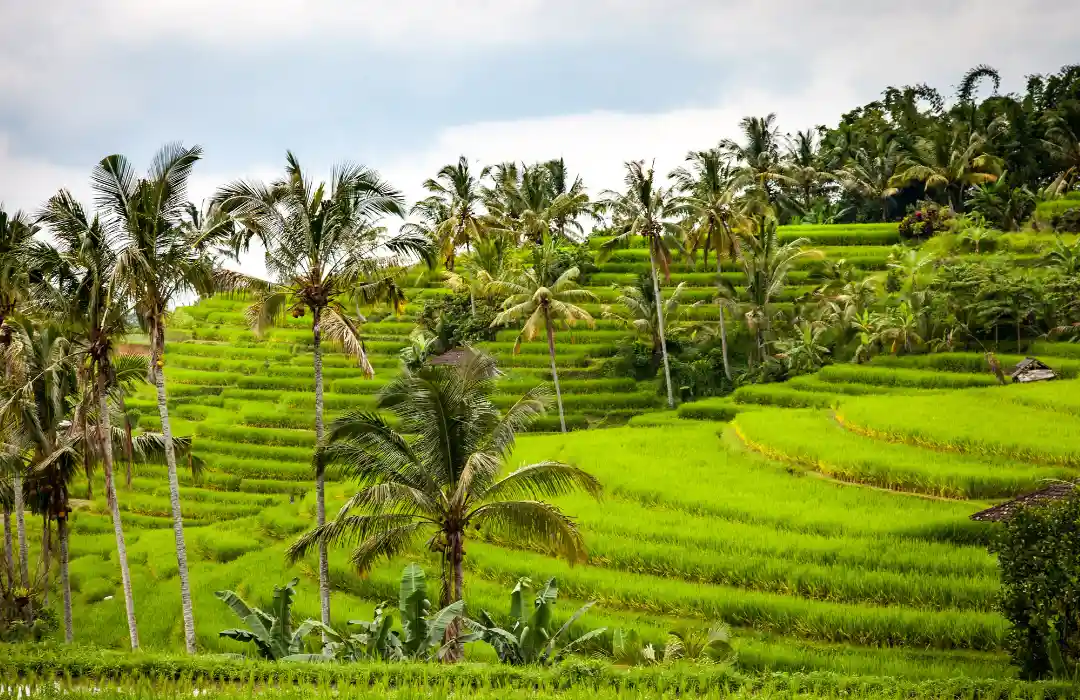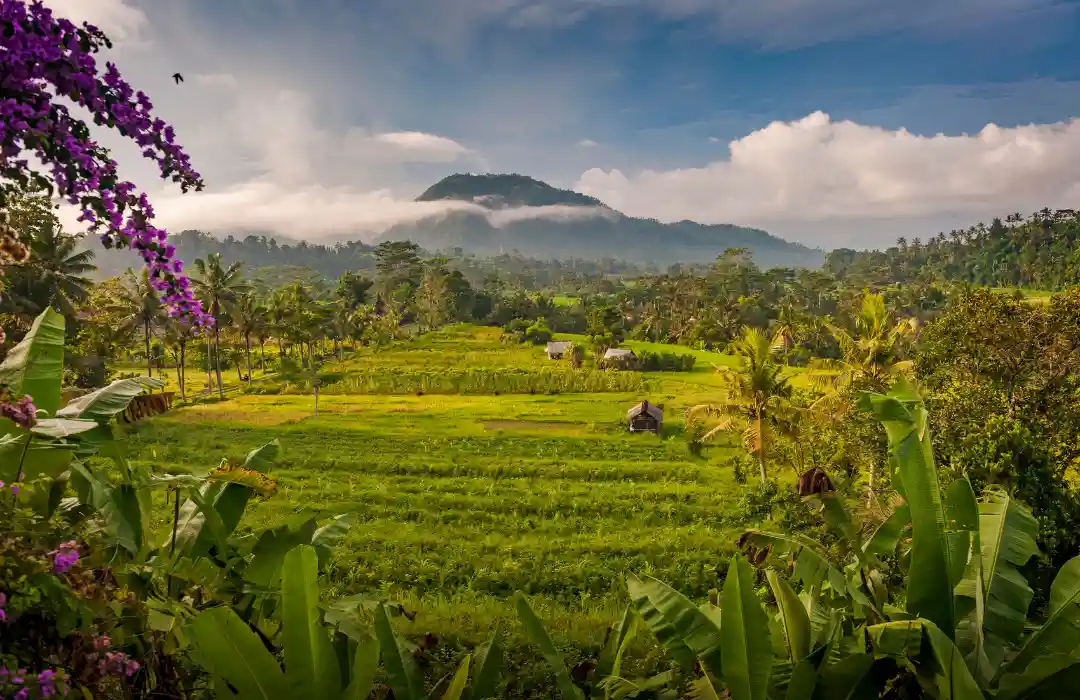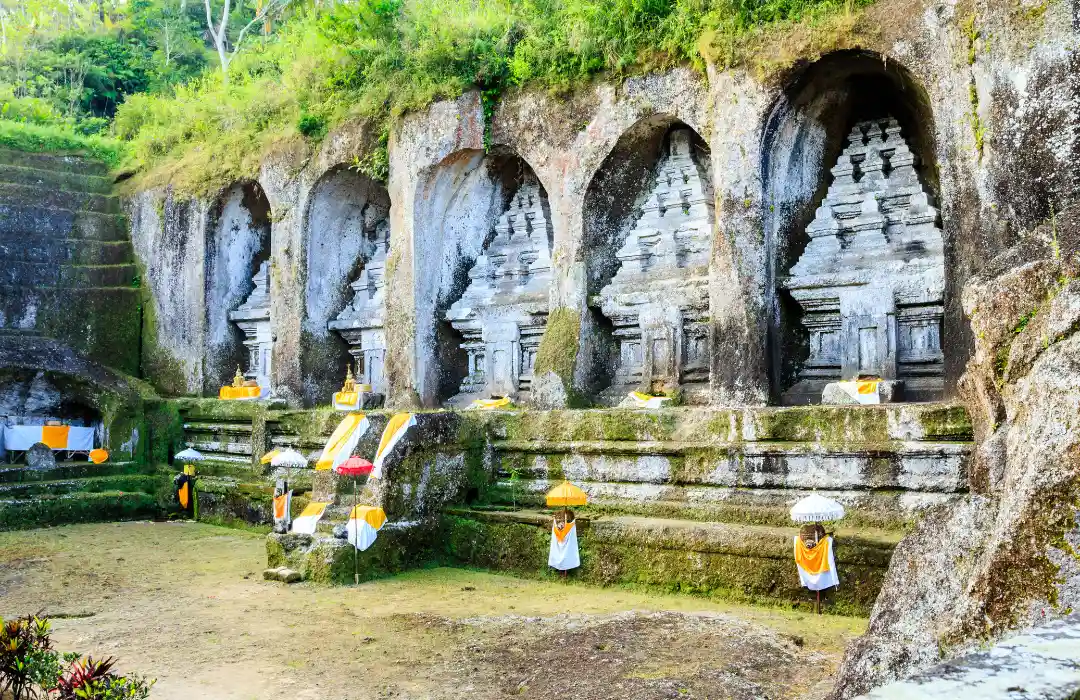Exploring Bali Secret Villages - Where to Find Authentic Bali Beyond the Tourist Spots

Bali is an island of contrasts, where stunning beaches and luxury resorts sit side by side with tranquil rice paddies, ancient temples, and quiet villages. While places like Ubud, Kuta, and Seminyak dominate the tourist radar, there’s another side to Bali that remains largely untouched by mass tourism. These secret villages, tucked away in the island’s mountains, forests, and rural landscapes, offer visitors an authentic experience of Bali’s culture and local life.
The charm of Bali’s hidden villages lies in their simplicity, tradition, and connection to nature. Here, you can experience life as the locals have for centuries—away from the crowds, in an atmosphere where ancient customs, rituals, and values are still very much alive. For those seeking a deeper understanding of Bali's heritage, these villages offer an opportunity to witness a side of the island that few tourists ever see.
In this article, we’ll take you on a journey to explore Bali’s secret villages, sharing hidden gems that offer the perfect escape from the usual tourist spots. From traditional craft villages to peaceful rice terraces, each village has its own unique story to tell.
The Magic of Bali’s Secret Villages – A Step Back in Time
When you step into Bali’s secret villages, you step back in time. These villages have preserved their culture and traditions for generations. In many places, the Balinese way of life has remained unchanged, with locals continuing to follow traditional farming methods, spiritual practices, and family customs that have been passed down through the ages.
The key to understanding Bali’s culture lies in these remote villages. Bali’s rural life is deeply intertwined with its spirituality. Ceremonies, offerings, and temple visits form the backbone of daily life, with everything revolving around maintaining balance and harmony with the gods and nature. In these villages, visitors can witness how Balinese Hindus live their beliefs through everyday activities—from making offerings to building shrines and celebrating traditional festivals.
Unlike the bustling tourist hotspots, where commercialization often dulls the authenticity of the experience, secret villages give you the chance to connect with Bali’s genuine spirit. It’s in the quiet moments of village life—watching a farmer till the soil in a rice field, visiting a family temple in a secluded compound, or sharing a meal with the locals—that Bali’s true beauty reveals itself.
The Charm of Bali’s Hidden Villages
One of the most compelling aspects of Bali’s secret villages is the sense of community that exists in these places. Bali is often regarded as an island of art and creativity, and this is reflected in the villages where craftsmen, artists, and weavers continue their age-old practices. In these villages, it’s not unusual to walk down the street and find someone working on traditional Balinese arts, such as wood carving, batik, silver jewelry, or stone sculptures.
Some villages are known for their specialized crafts, passed down through generations. For example, Celuk Village is famous for silver jewelry making, where local artisans craft intricate designs by hand. Mas Village, located in Ubud, is renowned for its wood carving, with talented artisans creating everything from small statues to elaborate furniture. Visiting these villages allows you to see the craftsmanship up close and gain a deeper appreciation for the art and history behind each piece.
These villages offer a chance to learn about Bali’s artisan culture through hands-on workshops, where visitors can try their hand at creating their own craft. Whether you’re learning how to make batik or participating in a wood carving workshop, these experiences give you a tangible connection to Bali’s traditional arts.
Exploring Bali’s Traditional Rice Farming Villages
Bali’s rice terraces are among the island’s most famous natural landscapes, and many of the best-preserved terraces can be found in the hidden villages of Ubud and Tegallalang. These village rice farms are integral to Bali’s agriculture, with the subak system—an ancient irrigation system based on water temples—still in use today.
Tegallalang Rice Terraces – A Walk Through Bali’s Past

While Tegallalang is becoming more popular, it remains a quintessential example of Bali’s rural landscape. Located just outside Ubud, the Tegallalang Rice Terraces offer a glimpse into the island’s farming traditions, where terraces are carefully managed and cultivated by local farmers using the subak irrigation system. Visitors to Tegallalang can walk through the lush rice paddies, witness farmers tending to their crops, and take in the stunning vistas that stretch across Bali’s interior.
While Tegallalang itself is becoming more frequented by tourists, the surrounding villages remain largely untouched by mass tourism. The villages surrounding Tegallalang are still deeply rooted in agricultural practices, with locals living simple lives, focused on farming and maintaining their community’s spiritual traditions.
Sidemen Valley – A Hidden Gem in East Bali

For those looking to get further off the beaten path, Sidemen Valley in East Bali offers an authentic experience of Balinese rural life. Sidemen is a hidden paradise with its beautiful rice fields, traditional villages, and magnificent views of Mount Agung. Unlike the busy areas around Ubud, Sidemen offers a quieter, more peaceful vibe, perfect for spiritual seekers and those looking for true cultural immersion.
Sidemen’s villages are a great place to experience Bali’s agricultural heritage firsthand. You can trek through the village paths, where local farmers tend to their rice fields, and enjoy the stunning backdrop of Bali’s volcanoes. The area is also known for its hand-woven textiles, where visitors can learn about the traditional art of weaving.
The Spiritual Heart of Bali’s Villages
Bali is a deeply spiritual island, and its sacred temples and offerings are an integral part of village life. Many of Bali’s remote villages have village temples (known as Pura Desa) that are the spiritual center of the community. These temples are where locals gather to perform ceremonies, make offerings, and celebrate important life events like births, marriages, and deaths.
The Pura Desa temples are often surrounded by lush greenery, creating a peaceful atmosphere for both locals and visitors. In many villages, you’ll find that the temples are not just places of worship but also centers of social life. Participating in a temple ceremony is one of the best ways to experience the spirituality of Bali and understand the island’s deep-rooted religious practices.
Temples in Ubud’s Outskirts – Sacred Sites Beyond the Crowds

While Ubud is famous for its central temple, the Pura Taman Saraswati, there are many other hidden temples in the outskirts of Ubud and beyond, such as Pura Gunung Kawi in Tampaksiring, a beautiful temple set within a cave and surrounded by rice fields. These temples offer a more tranquil and spiritual experience than Bali’s more popular temples, where you can participate in a ceremonial offering and meditate in the serenity of the jungle surroundings.
Bali’s Village Markets – Authentic Shopping for Handmade Goods

Another way to experience authentic Bali is by visiting the village markets that sell handmade goods and local produce. Unlike the tourist-centric markets in Ubud and Seminyak, these village markets are where locals come to buy their daily needs, including fresh produce, spices, handicrafts, and textiles.
Some of Bali’s most authentic markets are found in the villages surrounding Mount Agung and Mount Batur, where you can see Balinese women carrying offerings of flowers, food, and incense to the temples. Visiting these markets allows you to purchase unique handmade crafts, such as baskets, wood carvings, and jewelry, while supporting local artisans.
Tips for Visiting Bali’s Secret Villages
-
Respect Local Customs: When visiting Bali’s villages, always remember to dress appropriately, especially when visiting temples or attending ceremonies. Sarongs and sashes are commonly worn at temples, and it’s important to follow the local customs of respect.
-
Hire a Local Guide: Many of Bali’s secret villages are tucked away in remote areas, so hiring a local guide is a great way to ensure you get the most out of your visit. Guides are also helpful in explaining cultural significance and showing you hidden gems.
-
Be Mindful of the Environment: Bali’s rural areas are still relatively untouched, and it’s important to be respectful of nature. Avoid littering, use reusable bottles, and support eco-friendly businesses.
-
Visit During Off-Peak Hours: To avoid the crowds, visit these villages in the early morning or late afternoon. You’ll experience peaceful serenity and avoid the heat of the day.
Discover the Heart of Bali in Its Secret Villages
Bali’s secret villages offer a rare and enriching experience that allows you to dive deep into the authenticity of the island. By exploring the rural areas and connecting with the locals, you’ll uncover a side of Bali that is rich in culture, spirituality, and tradition. These villages are where the soul of Bali truly shines, and by visiting them, you’re not just a tourist—you’re part of a living history that has been passed down for generations.
So, the next time you find yourself in Bali, venture beyond the well-known tourist spots and experience the true Bali—a Bali that is rooted in nature, community, and spirituality. The hidden villages of Bali are waiting to offer you a deeper connection to this magical island.










